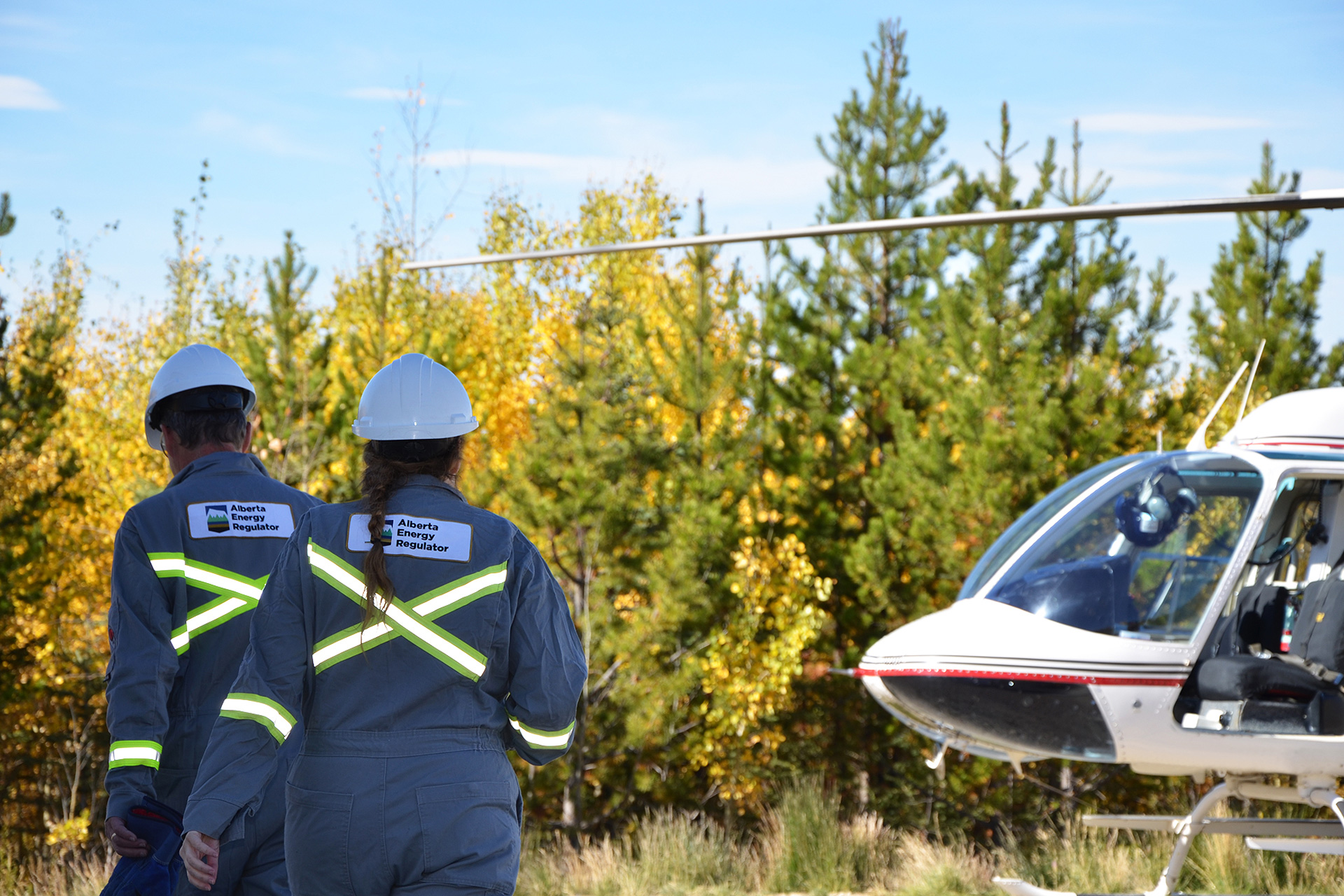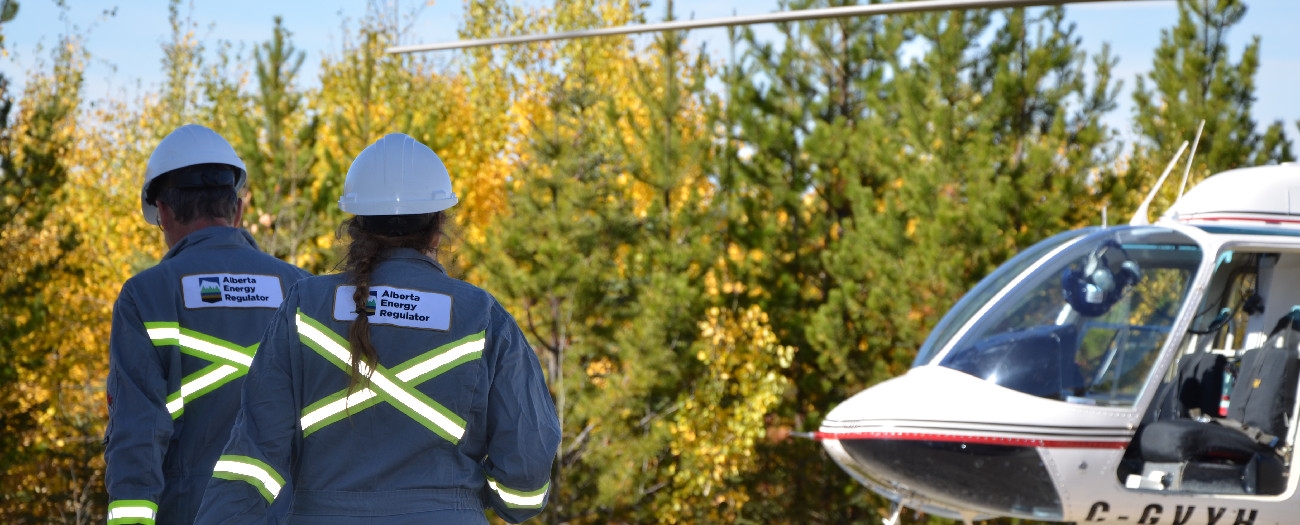The Incident Command System uses a special language. Do you know what it means?
Alberta - May 02, 2019Editor's Note: Emergency Preparedness Week happens the first full week in May across Canada. During the week, events like Calgary's Disaster Alley (May 4) and Edmonton's Get Ready in the Park (May 10) are held to teach people ways to prepare for an emergency. Watch for the AER's emergency response team at this year's events, displaying equipment and handing out swag.
A catastrophic incident has occurred. First responders from multiple organizations quickly don protective equipment and race to the site in an effort to protect lives and minimize damage. But when so many from police, fire, emergency medical services (EMS), government, and other first responders come together in a chaotic situation, who's in charge and how do they communicate across agencies, culture and language?
As frantic as this scenario may seem, there is a definite calmness that takes over response operations, and what may appear as orders being barked is actually a specialized language that brings control to chaos.
The Incident Command System (ICS) is a standardized communication and response protocol followed by thousands of first responders and major event organizers throughout the world. Regardless if they're reacting to an incident in Brazil, or supporting a massive event in the UK, responders following ICS speak the same language, and follow the same rules and protocols.
Mark Zamin, the Alberta Energy Regulator's (AER's) resident expert on ICS, remembers a day in Banff. While at a disaster preparedness forum with his emergency response colleagues, several cell phones started buzzing in unison. At that moment, it became clear the day's agenda had changed and within seconds a team had mobilized to deal with seven unrelated incidents.
"This is what I was hired to do," says Zamin. "We measure success by how fast we can get from chaos to an organized response. "
It was the specialized language of ICS that helped bring the responders to a heel.
Rising from the Ashes
ICS was developed in the 1970s after California wildfires burned half a million hectares, destroyed 772 buildings, and tragically ended 16 lives. After reviewing the event, it was clear that the response fell short. However, the mistakes made weren't due to insufficient resources or poorly executed tactics, but rather poor communication and management.
"What they discovered was if we could speak the same language with common terminology, everyone would be on the same page," explains Zamin.
Closer to home, ICS came to Canada in the 1990s in response to a destructive fire season in British Columbia. In Alberta, ICS was used to restore order during the southern Alberta flooding in 2013, an oil spill and well blowout in 2015, and the Fort McMurray wildfires in 2016. All of those incidents required the expertise of individuals across several agencies and who all spoke the same language and are on the same page.
The AER isn't typically the primary responder in an emergency situation, but it can take charge if an oil and gas company becomes stuck. Zamin elaborates, "We're not tactically involved. We don't have people that are putting booms in the water. We're there to ensure that companies do what's right. We try not to direct them, but we can influence the direction of the response."
Zamin also stresses that the AER has hundreds of subject matter experts who can lend a hand, or use its Mobile Incident Command (MIC) trailer that functions as a base of operations and can be deployed to any site in the province.
While many Albertans may not concern themselves with the operations behind a major incident, they can find solace in knowing that emergency response is conducted in the quickest, most organized and highly-evolved means possible.

Photo credit: Matthew Stewart, AER staff
This is what I was hired to do. We measure success by how fast we can get from chaos to an organized response.
Mark Zamin, Emergency Response Coordinator
ICS by the Numbers
Zero – Jargon, acronyms, or codes. All responders speak the same language
One – run by a single Incident Commander (IC), the only position that’s always staffed
Four – The IC oversees key groups of tactical and support staff, including:
- operations – doers including emergency responders,
- planners – thinkers including subject matter experts
- logistics – getters move resources to and from the site
- finance – payers keep costs tracked and in check
Five – recommended number of subordinates per leader
Six – facilities used to respond to a major incident, specifically:
- Incident Command Post – planning centre
- Staging areas – temporary locations for personnel or equipment
- Base – primary logistics and administrative location
- Camp – sleeping, food, water and sanitation
- Helibase – staging for helicopter loading and maintenance
- Heli spot – where helicopters can safely take off and land
Sheri LIttle, Writer


